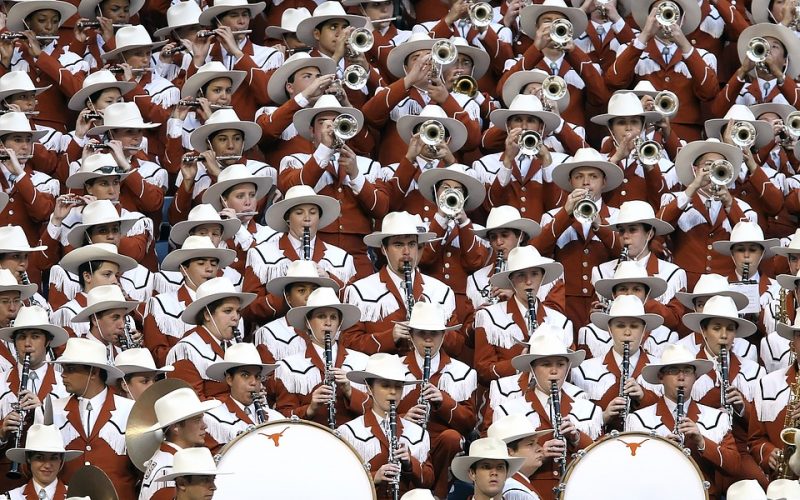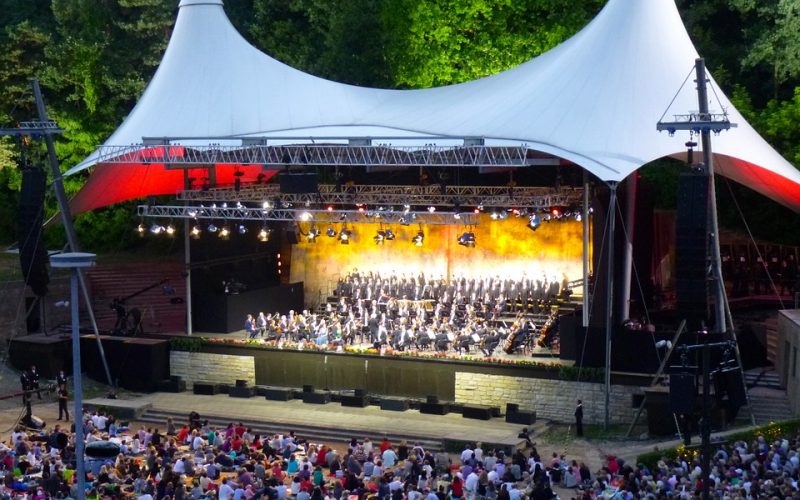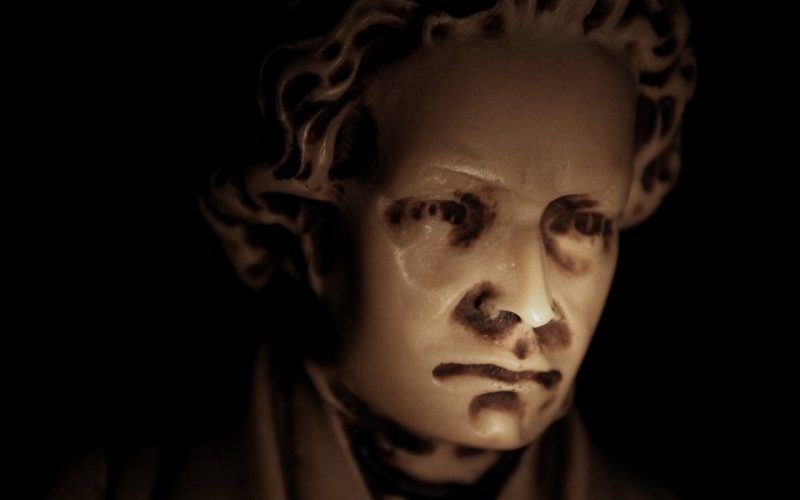Jazz Orchestras
The school orchestra is where many musicians begin their performance careers, but they are unlike professional orchestras. The conductor in charge at the school accepts all students who are part of their music program, and they assign students music to play that is within their capabilities. Unlike school, professional orchestra players are expected to be accomplished enough to play any musical piece assigned to their instrument. School orchestras generally perform popular and classical music pieces, but professional orchestras may go a step further and perform jazz.
Jazz is often referred to as the music of musicians, and it takes an accomplished player to interweave their playing with others in this improvisational genre. Small jazz bands of three to five people are generally popular in small clubs, and some of them may attract a few extra musicians as special guests. They are referred to as bands, but they are actually small chamber orchestras. They have all the requirements for this, but being designated as a band is simply more popular when playing non-classical music.
Over the decades, jazz has consistently created its own following. Musicians love to get together for impromptu playing, and people who love music have encouraged them as supportive audiences. While few musicians have found jazz a viable way to earn a living, there are some who prefer to play only jazz music. Most of these groups are chamber size, but there have been those who attract enough instrumentalists to form symphony-sized jazz orchestras.
Big bands were some of the first to play jazz as their musical emphasis, and their popularity soared during the early part of the last century. Swing music is considered a derivative of jazz, and large orchestras would play in giant dancehalls for those who wanted to dance. While many of the popular swing bands had fewer than fifty members, some of the more popular ones had upwards of a hundred during the peak of the Swing music era.


